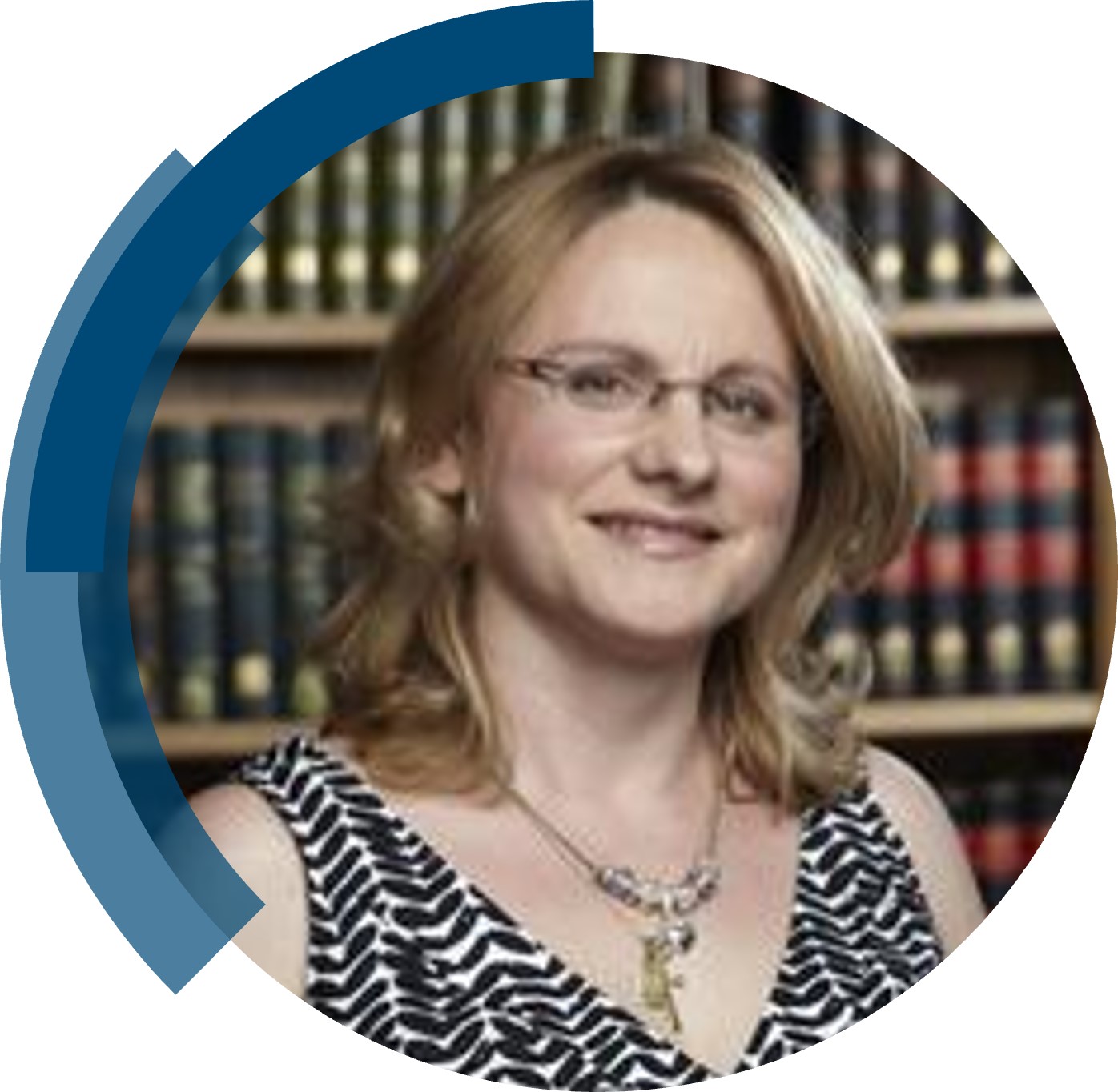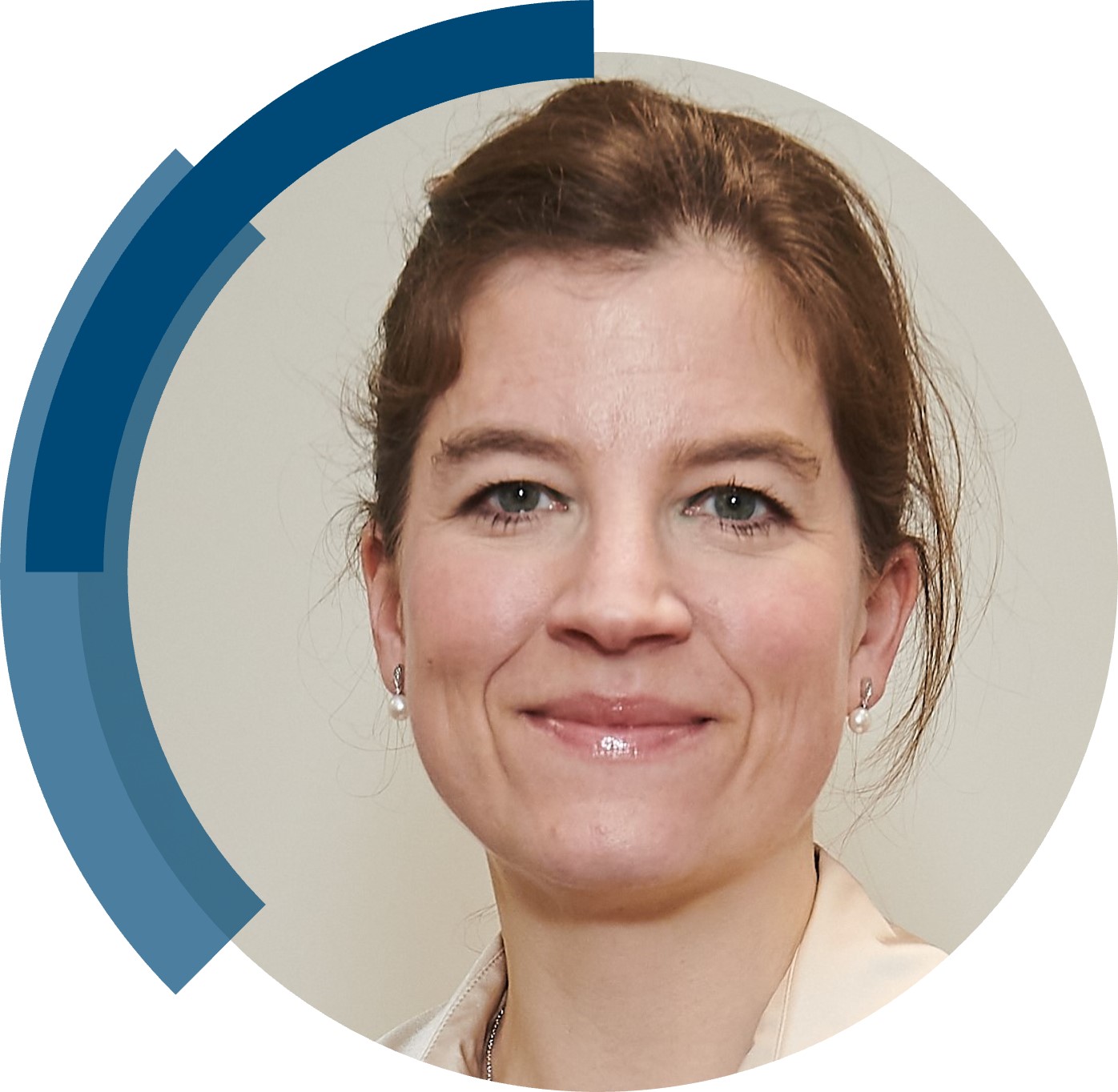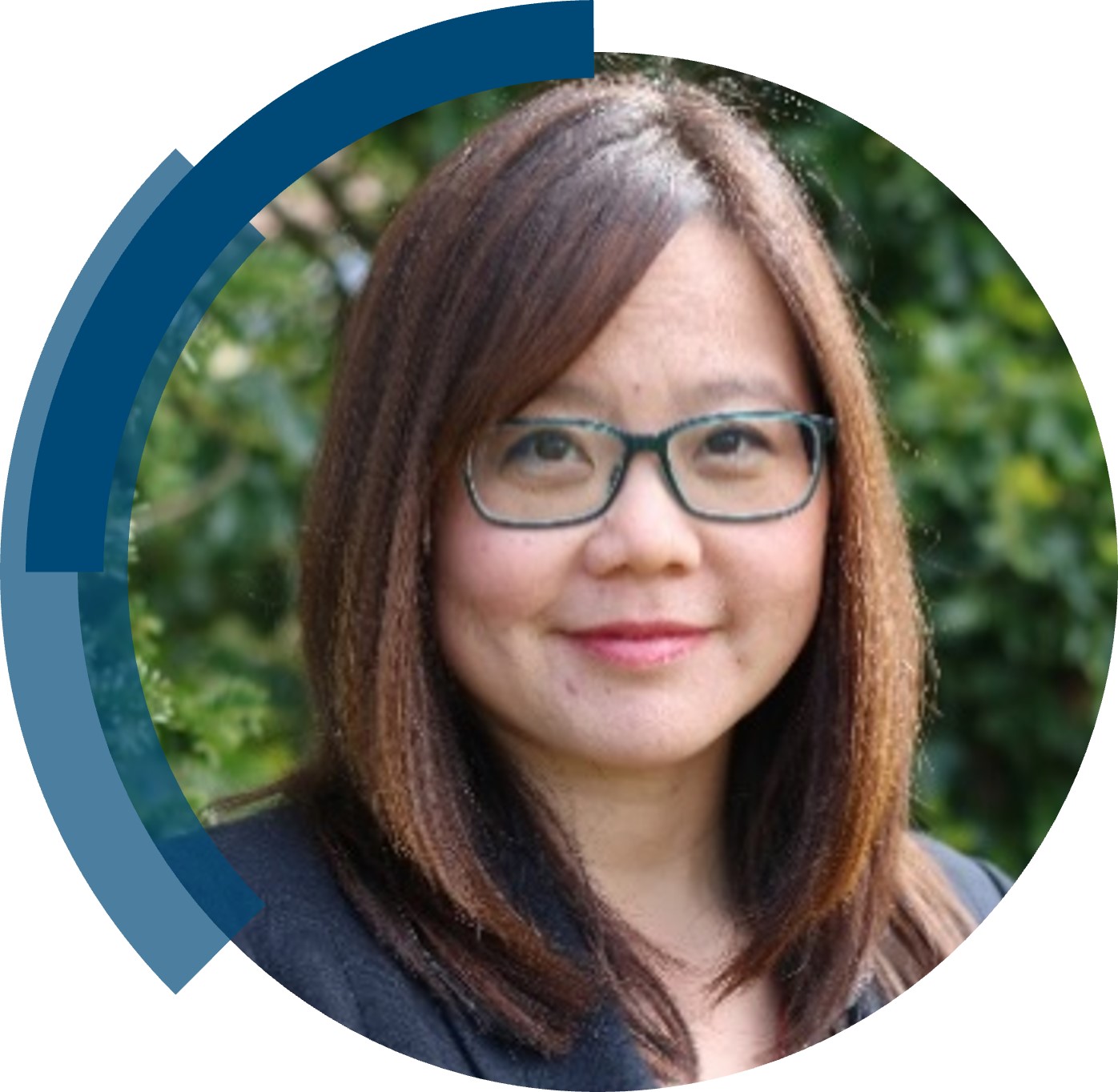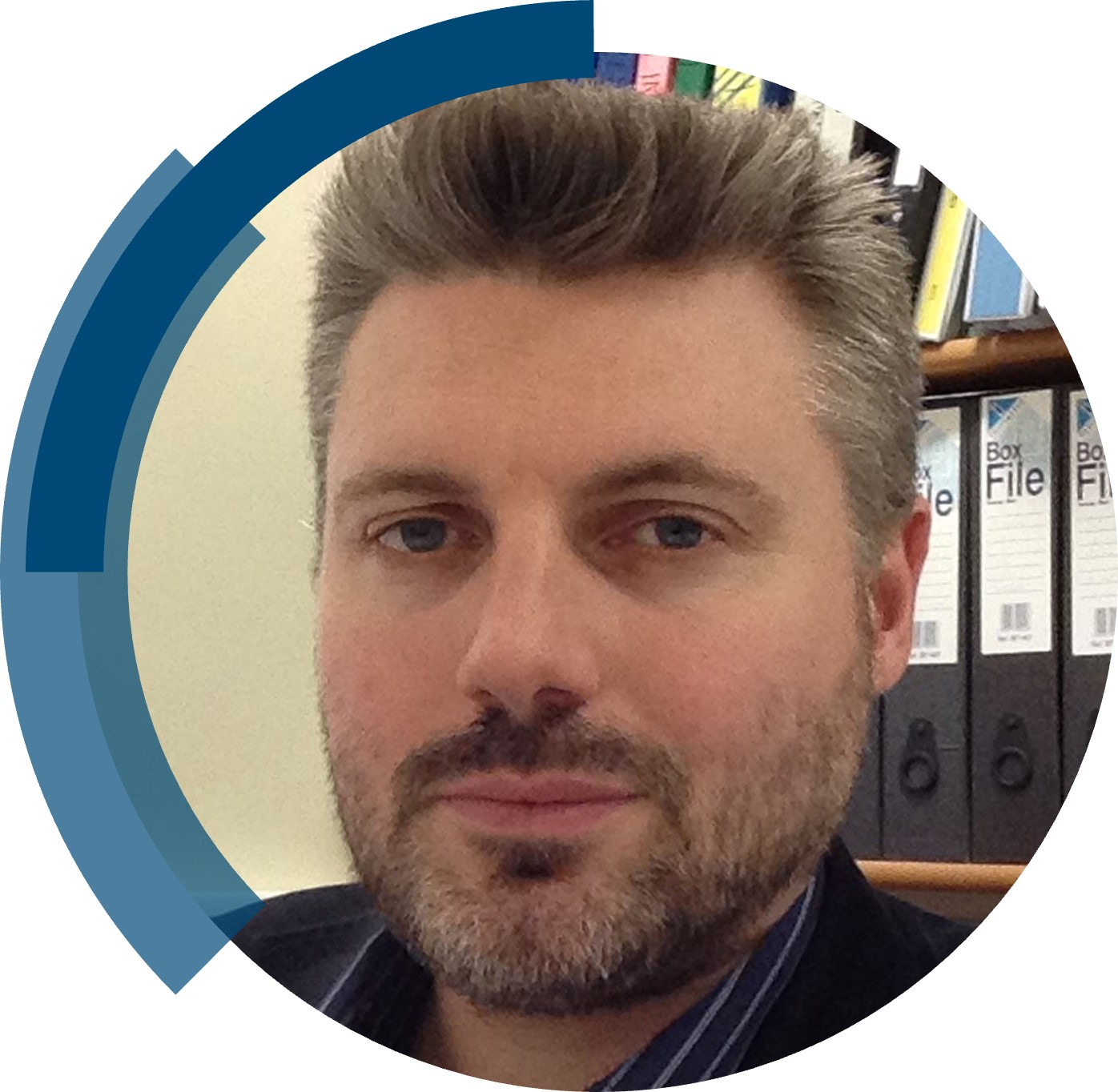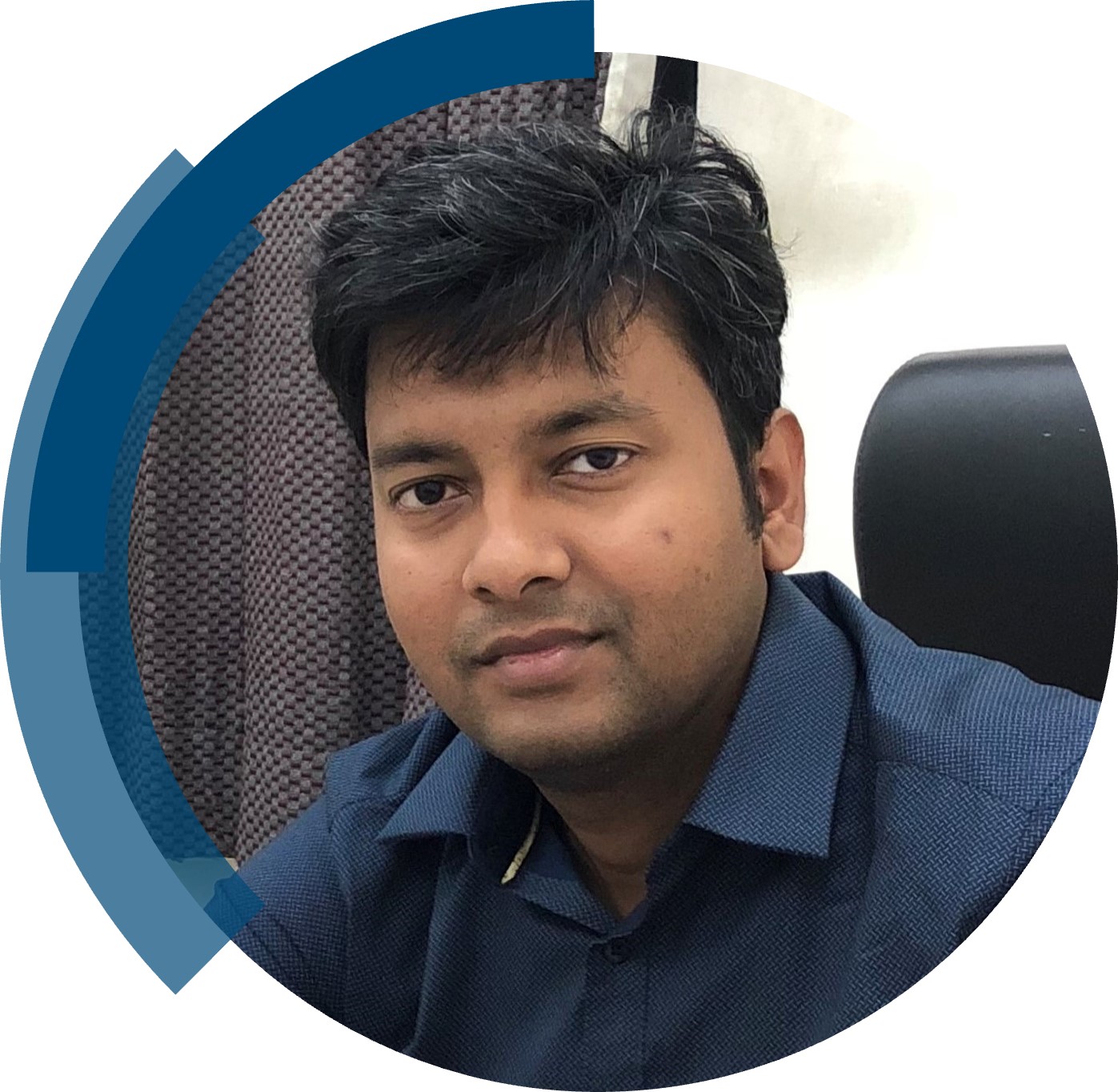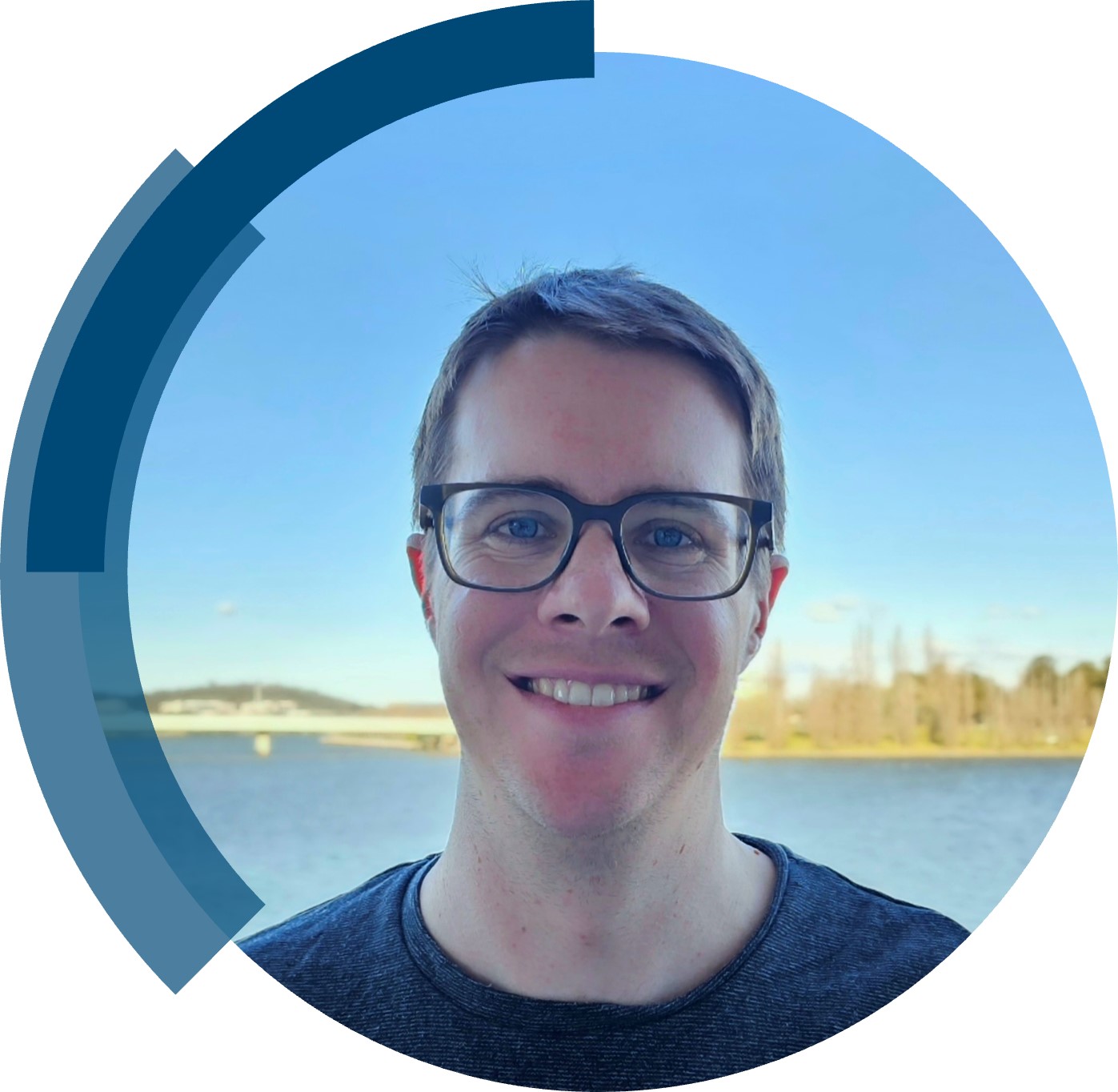ChemComm is publishing its 60th volume in 2024. Over the past 60 years, ChemComm has been the RSC’s most cited journal, and one of the most trusted venues for rapid publication of short communications. In our anniversary year, we recognise the important contributions ChemComm has made, and continues to make, in advancing the chemical sciences.
As part of our anniversary celebrations, we’ve brought together a collection featuring the latest research from some of our most loyal and dedicated authors. From those marking the beginning of their independent academic career by publishing their first article with us, to the rising stars and established leaders publishing in our yearly ‘Emerging Investigators’ and ‘Pioneering Investigators’ collections, this collection champions the contributions of our worldwide author community. We are proud many authors choose to support our journal by regularly publishing their best work with us. This collection also features papers from our ChemComm Emerging Investigator Lectureship winners, and our Outstanding Reviewer awardees, whose invaluable feedback has shaped our published content through the years.
To accompany the collection, we’ll be publishing interviews with contributing authors where they provide further insight into their research and reflect on their journey with ChemComm.
Check out our interview with M. Carmen Galan (University of Bristol, UK) below!
How have you seen ChemComm evolve over the years, and what aspects do you find most noteworthy?
The journal has become much more multidisciplinary which is a reflection on how scientific research has evolved. It is very exciting to see.
What is your favourite thing about ChemComm?
The reputation of the journal for publishing high quality and significance research, the journal attracts a with a wide readership.
In what ways do you think ChemComm stands out among other journals in your field?
Its reputation, multidisciplinary and fast publication times.
How would you describe the peer review process and interaction with the editorial team at ChemComm?
It is generally very good, critical but fair.
Are there ways in which the journal can further support and engage with future generations of scientists?
Engaging with the times and developing good guidance on how/when to use AI.
AI is here to stay and we should be able to use it to help us advance scientific discoveries, unfortunately if not used appropriately I fear ethical and misconduct cases will be on the rise.
Could you provide a brief summary of your recent ChemComm publication?
G-quadruplexes (G4) are a class of four-stranded guanine-rich oligonucleotide secondary structures that have garnered significant interest from across many scientific disciplines due to their structural polymorphism, diverse roles in biology and applications as therapeutic targets of several diseases such as cancer, viral, bacterial and parasitic infections. However, despite G4s being an exciting therapeutic target, to our surprise, most G4 ligand have been studies for their potential as anticancer and antiviral agents, with very few examples of ligands as potential antiparasitic agents.
In this manuscript a series of azobenzene-based ligands featuring different pyridinium motifs with a distinct substitution pattern (2-, 3- or 4-) allowed us to probe the role of the side chain and the importance of molecular shape, structure and electronics in facilitating G4 binding affinity and selectivity. Moreover, we were able to correlate G4 stabilisation with antiparasitic activity in vitro and identified a novel G4 DNA ligand with submicromolar efficiency against L. major and subnanomolar antiparasitic activity against T. brucei and a remarkable selectivity index (IC50 MRC-5/T. brucei) of 2285-fold against a healthy cell line (MRC-5).
In your opinion, what are the next steps or potential areas of research that could build upon the findings in this paper?
Our results contribute towards furthering our understanding on the molecular parameters required for bioactivity and/or G4 binding of azobenzene scaffolds. Our findings represent an exciting step towards developing more selective and bioactive antiparasitic therapeutics.
Be sure to read Carmen’s article, “Probing the binding and antiparasitic efficacy of azobenzene G-quadruplex ligands to investigate G4 ligand design” to learn more!



